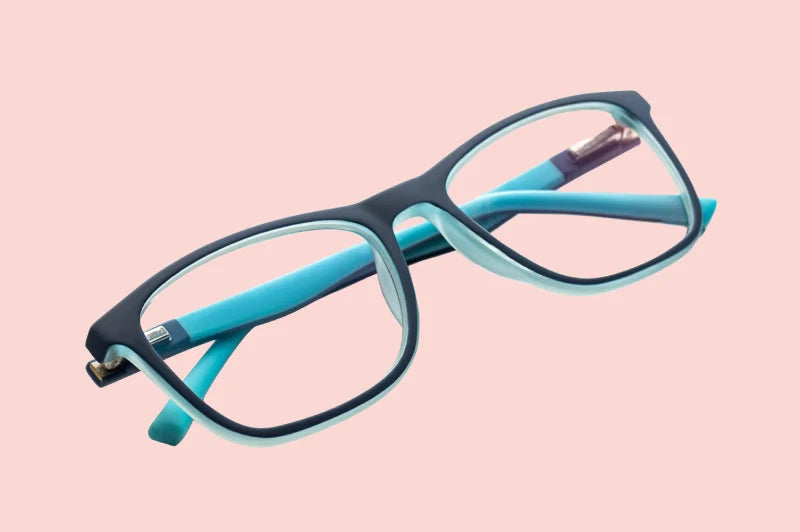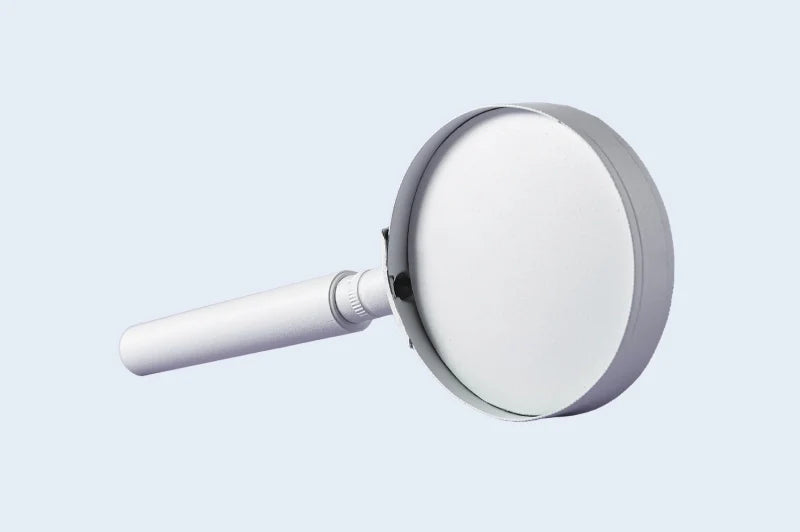Astigmatism: Characteristics and How to Correct It
ASTIGMATISM: CHARACTERISTICS, CAUSES AND SOLUTIONS TO CORRECT IT
Astigmatism is a very common visual defect that can compromise the quality of vision both near and far, causing blurry or distorted images. It often occurs in combination with other visual defects, such as myopia or hyperopia, influencing vision in daily life and reducing visual comfort. In this article we will see what astigmatism is, its causes and the best solutions to correct it.
What is astigmatism?
Astigmatism is a refractive error generally due to an irregular curvature of the cornea, called in this case corneal astigmatism. But astigmatism can also be internal or lenticular, caused by deformations of the internal structures of the eye, such as the deformation of the crystalline lens.
In the eye of a person with normal vision, light enters the eye and focuses correctly in a single point on the retina, allowing clear vision. In the eye of astigmatic subjects, however, due to deformation of the optical media, light is focused in two distinct points, causing a blurry or distorted vision.
Main symptoms of astigmatism:
✔ Blurred or distorted vision at any distance.
✔ Difficulty reading and prolonged use of digital devices.
✔ Visual fatigue and headaches, especially after prolonged visual activities.
✔ Sensitivity to bright light ( photophobia ).
✔ Difficulty seeing clearly at night or in dimly lit environments .
Astigmatism is mostly congenital (present from birth) but can also develop over time. In some cases it can result from ocular trauma, surgery or corneal pathologies.
How is astigmatism diagnosed?
Astigmatism is diagnosed through an eye exam performed by an optometrist or ophthalmologist.
The most commonly used tests for diagnosis are:
✔ Refraction test : evaluates the eye's ability to focus on objects at different distances.
✔ Keratometry and corneal topography : evaluation of the corneal surface that allows for the measurement of corneal parameters and evaluation of any irregularities.
✔ Visual acuity test : checks the sharpness of your vision by reading letters on an optotype table.
Astigmatism in children: when to intervene?
Astigmatism can appear as early as childhood and, if not corrected promptly, can affect visual development and learning.
Signs to monitor in children:
✔ Difficulty writing and reading , especially small writing at a distance such as on a school blackboard.
✔ Squint often to focus better.
✔ Frequent headaches after prolonged visual activities.
✔ Disinterest in activities that require precise vision, such as drawing or reading.
An early eye exam is essential to ensure adequate correction with glasses or contact lenses, avoiding possible school or vision difficulties in the future.
How to correct astigmatism?
There are several solutions to correct astigmatism, depending on the severity and personal needs.
Eyeglasses
Glasses with toric lenses are the simplest and most immediate solution. They offer clear and comfortable vision and can be customized with specific treatments, such as:
✔ Anti-glare : useful for reducing the glare of artificial lights, improving visual comfort.
✔ Blue light filter : ideal for those who work a lot on the computer and want to reduce visual fatigue.
Toric contact lenses
Toric contact lenses are specifically designed to correct astigmatism. They come in both soft (daily, biweekly, or monthly) and rigid versions.
Contact lenses offer a wider field of vision than glasses and are ideal for those who play sports or have an active lifestyle.
It is also possible to make custom contact lenses, soft or rigid, to correct the most complex defects or adapt to irregular surfaces.
Refractive surgery
For those who want a permanent correction, there are laser interventions, such as LASIK or PRK, which correct astigmatism by modifying the curvature of the cornea.
In this case we are talking about surgical interventions that require a thorough evaluation by an ophthalmologist.
The importance of eye checks
Astigmatism is a very common vision defect but easily correctable with the right solutions. Whether you choose glasses, contact lenses or surgery, the key to optimal vision is to undergo regular eye exams and rely on professionals who carefully evaluate your needs.
Final Tips : If you suspect you have astigmatism, book an eye exam!



